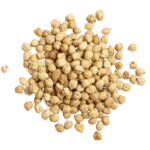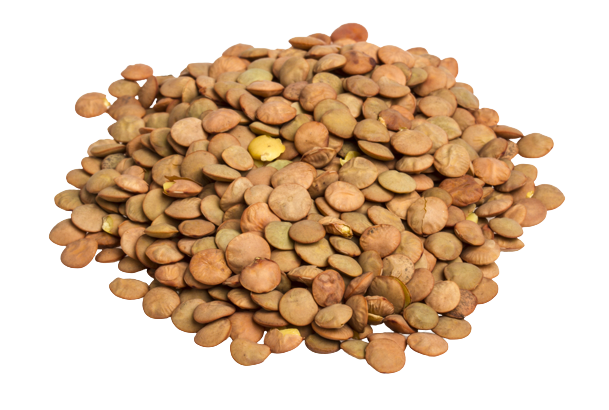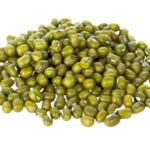On 10 February, world pulses day commenced globally, which was specified by the UN General Assembly in 2018, which marks the importance of pulses as well as their valuable contribution to food production and security.
The edible seeds of the legume family are known as pulses. They provide protein, minerals, vitamins, fiber, especially iron and zinc, cut off excess fat from the diet, and contain zero cholesterol. Pulses contribute about 33% of the global dietary protein requirement of the human population.
Contribution in economy
Pakistan’s economic growth is dependent on sustainable agricultural production and the development of Rabi and Kharif crops. The total area under major pulse crops in Pakistan is about 1.3 million hectares.
Chickpea is the major and important pulse crop in Pakistan contributes 70-80% of the total area under pulse production of the country. Chickpea can perform well under drought conditions.

Lentil is the second major Rabi pulse crop in Pakistan. It is cultivated on 12.6 thousand hectares with a production of 6.4 thousand tons in 2019, which is less than the past year.

Mungbean is the most important Kharif pulse of Pakistangrown in southern Punjab and Sindh province. Punjab is the major mung bean growing province that alone accounted for 88% area and 85% of the total mung bean production.

In Pakistan, the mash is the least researched crop among pulses despite its high nutritive and economic value due to which its area and production is decreasing continuously.

Role of Pulses in Improving agriculture sustainability
Pulses develop nodules on roots which fix atmospheric nitrogen into the soil and increase its fertility. The nitrogen-fixing properties of the pulses increase the productivity of the fields and contribute to biodiversity maintenance in the soil.
Pulses are capable of fighting against diseases and require very little input of fertilizer and chemicals.
Constraints in production
- Pakistan is spending more on buying pulses than earning through exports of other cereals, which require more water as well.
- Lack of research and development.
- The area under pulses is very small.
- Poor crop management decreases potential yield.
The yield of pulses can be improved by adopting proper management of crop production techniques and using certified seeds to avoid any disease and loss in the crop and varieties that are tested and approved. Smart agriculture tools can opt for better products that will reduce input and boost output.

